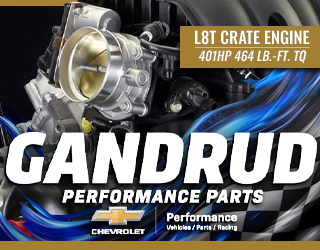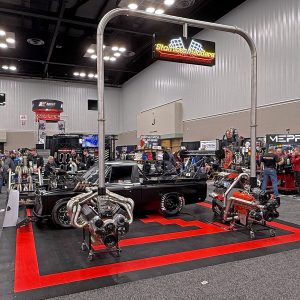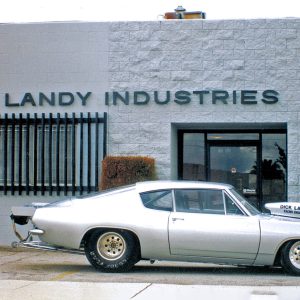Dodge
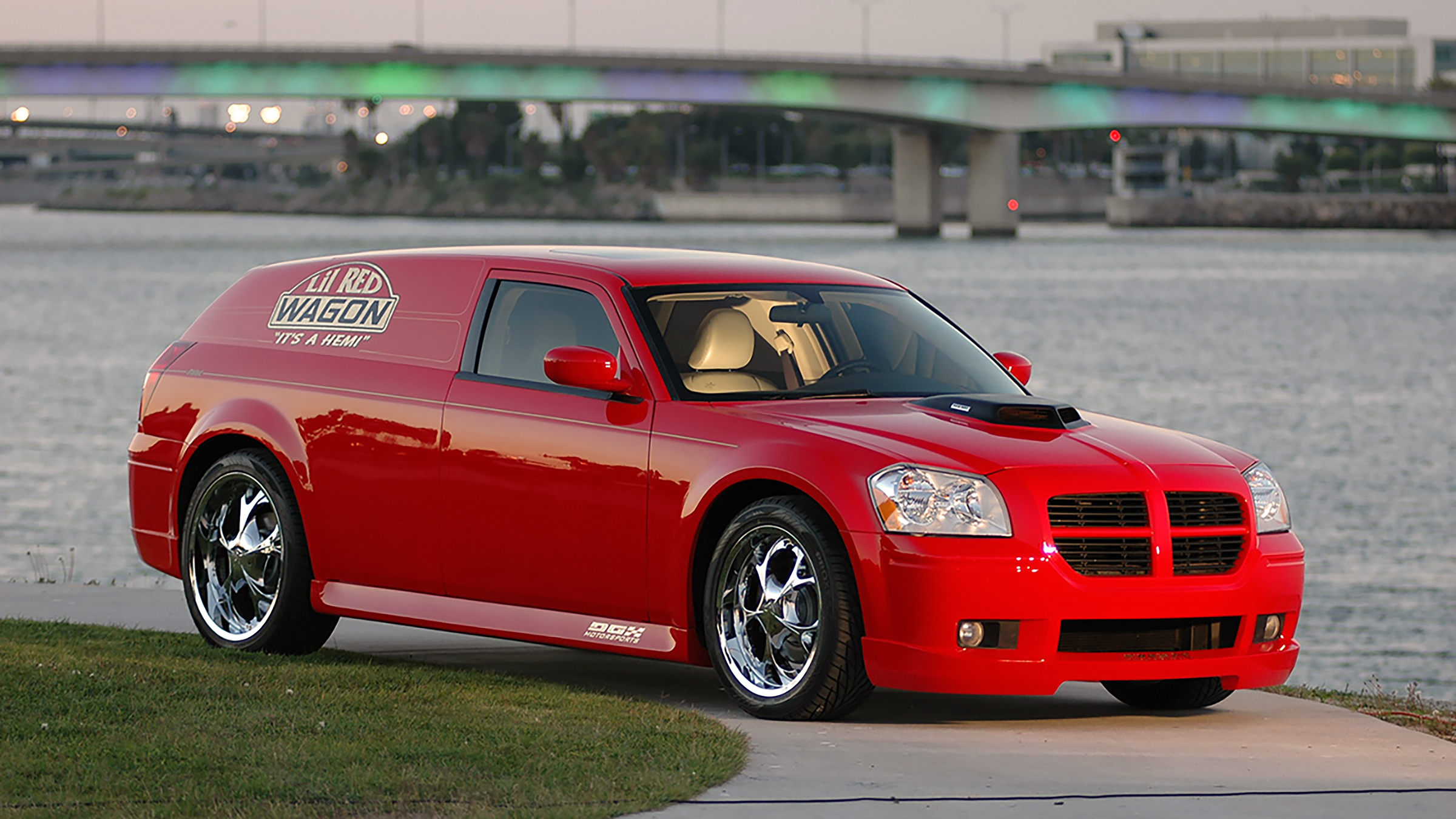
We don’t doubt that the DaimlerChrysler design staff fully realized that they found something very special with the Dodge Magnum, especially when the initial versions first rolled from the drawing boards. Its immediate popularity confirmed its place in automotive lore.
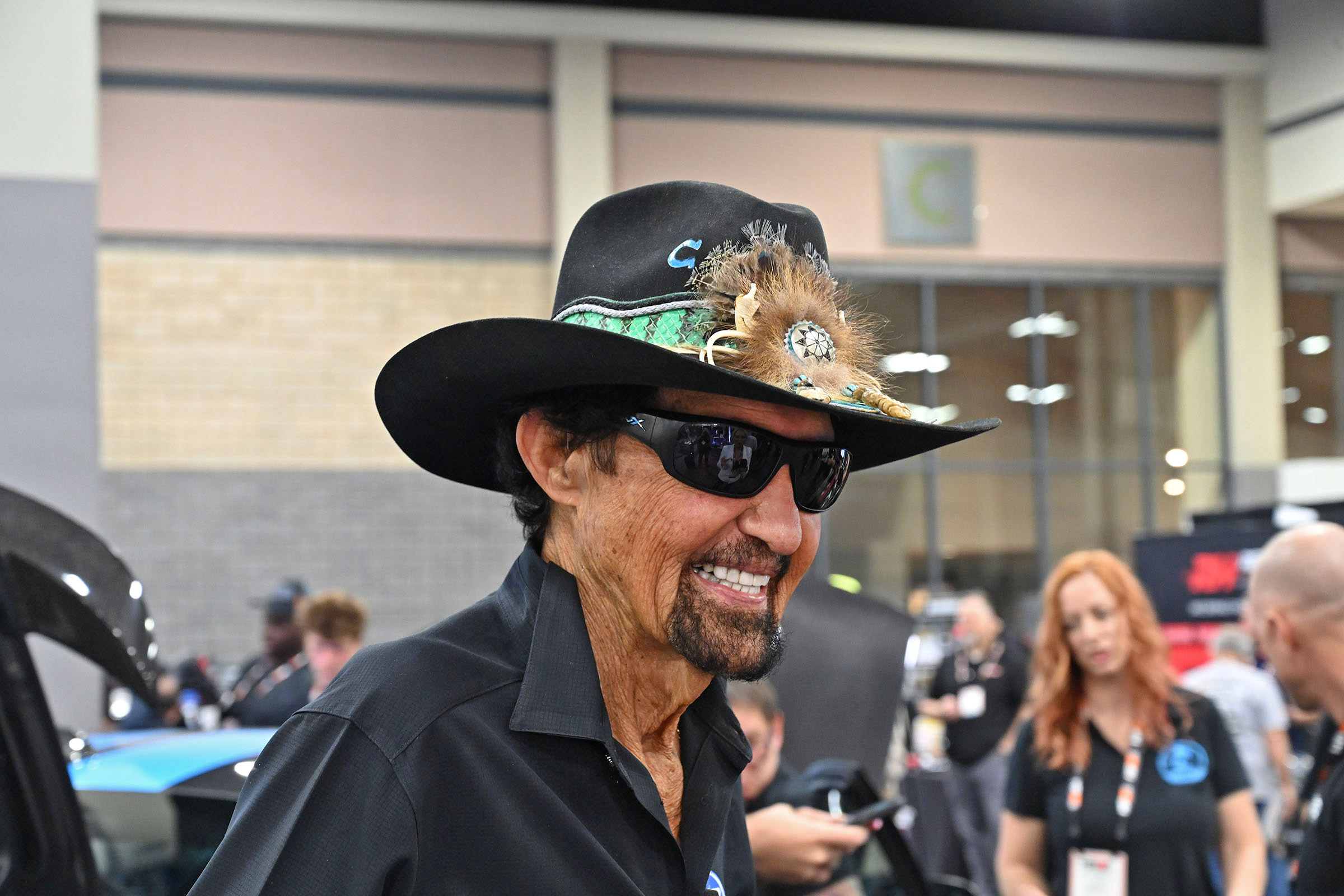
The crowd at HPX 2025 in Charlotte was already buzzing, but when the cover came off Richard Petty’s “Outlawed” Hellcat, the energy hit a whole new gear. Built by Petty’s Garage to honor the 60th anniversary of the legendary street HEMI, this jaw-dropping Dodge Charger is unlike anything else on the road—or the track.
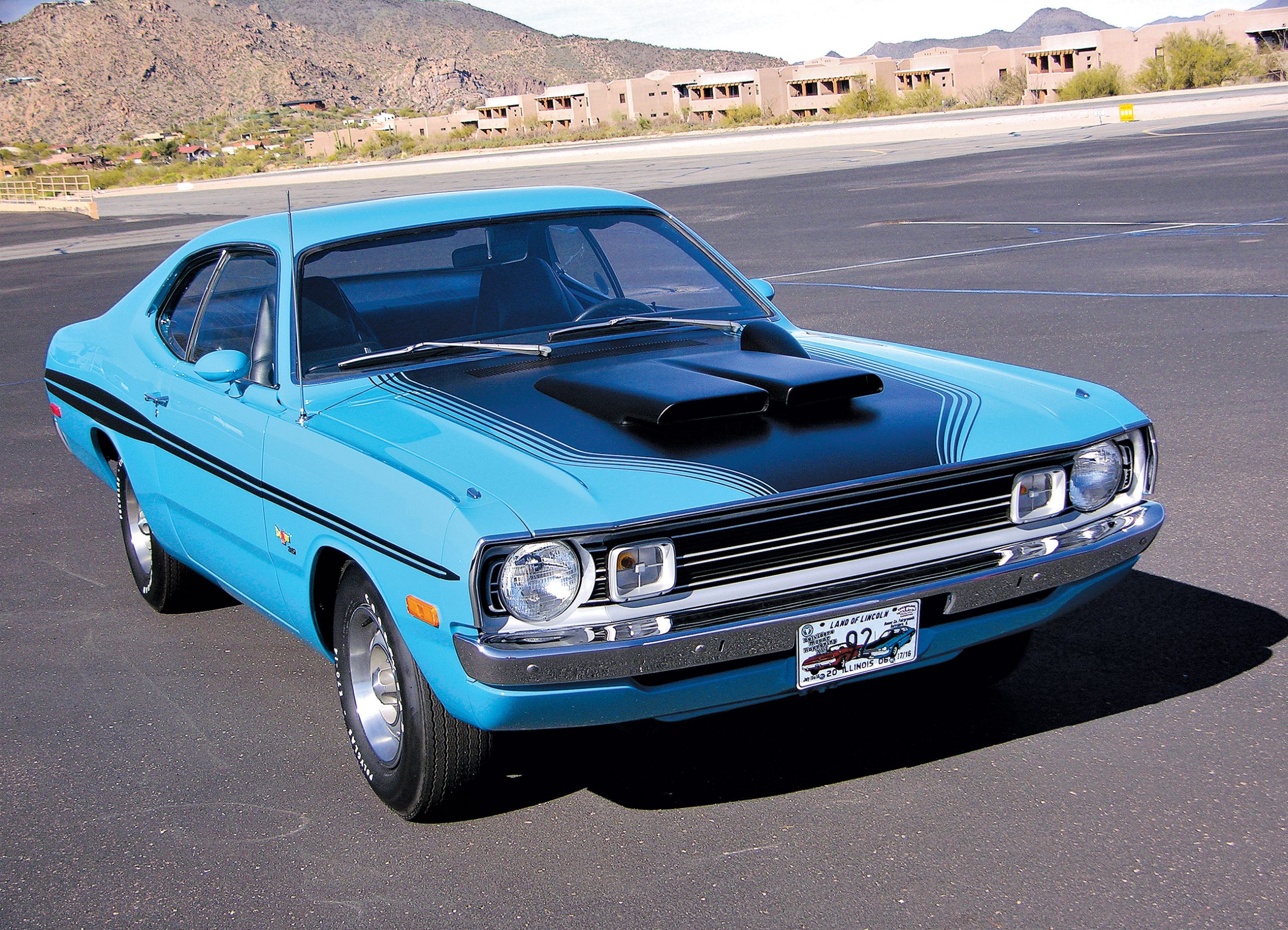
Grand Spaulding Dodge in Chicago became known as the world headquarters for great deals on new Dodge performance cars. This dealership fully dyno-tuned the performance cars it sold and often equipped them, as requested by the customer, with headers, bigger carburetion and other go-fast engine modifications—all right from the dealer.
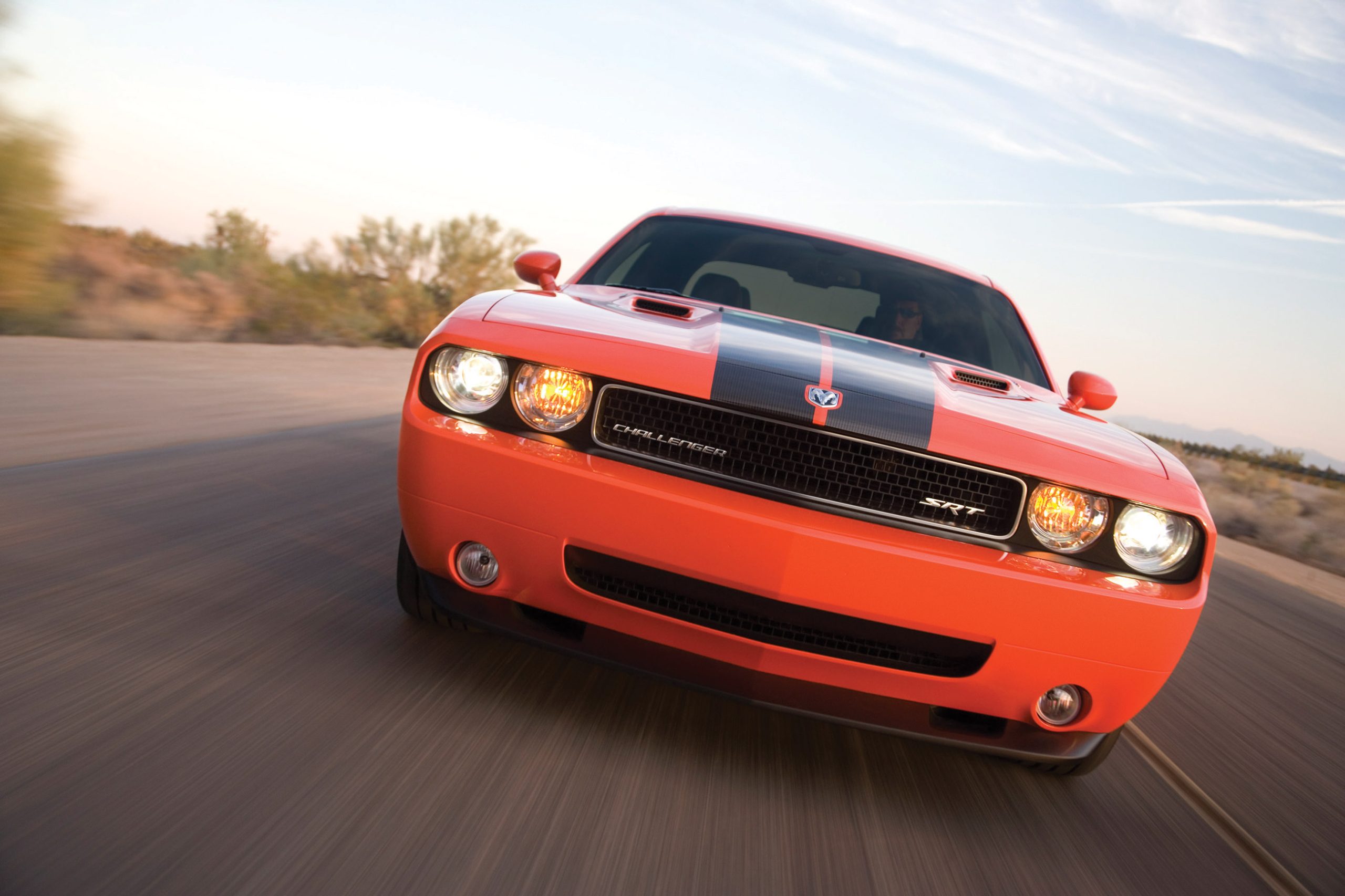
The camouflaged prototypes hadn’t long been out of the shed when news of the new ’09 Challenger rushed into mainstream auto circles. The first production models hadn’t even heated pavement and the lore began as already-enthusiastic aficionados began concocting legends of greatness, as they shaped this car’s history before it ever turned a wheel—and they weren’t a minute too soon!
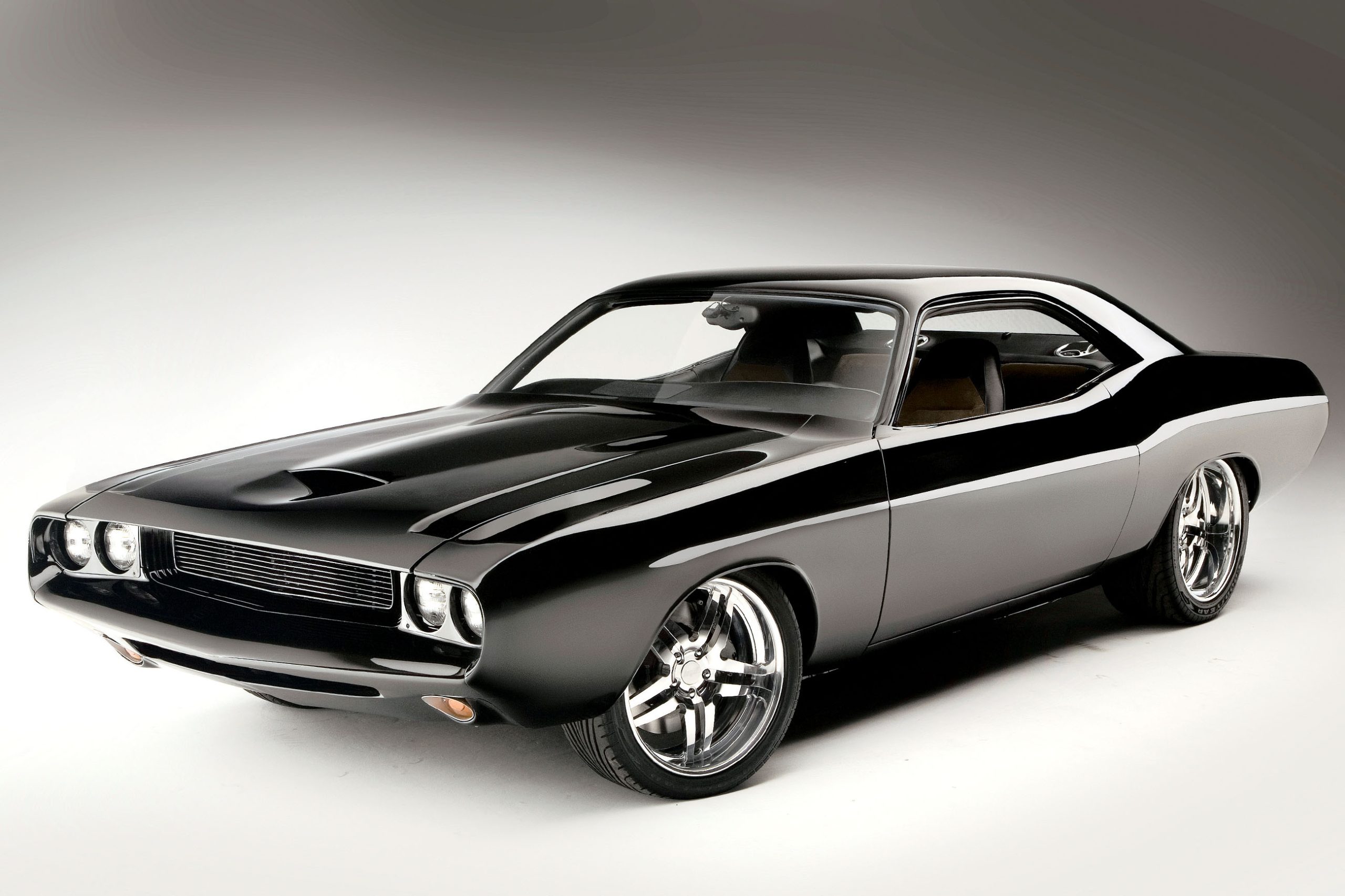
David Salvaggio at Perfection Autosport says the intent behind its latest project, “Insidious,” was to do as Dodge is about to: rework an original ’70 Dodge Challenger with a range of insightful alterations intended to build on a solid resume.

Like old hot rods, muscle cars are getting hard to find, so as our hobby grows, different alternatives and varied approaches keep it fresh. We’ve witnessed a change in style of many of the cars being built today. No matter what the future holds, you can bet that a Mopar enthusiast will insist on having a Hemi—or another fine Mopar powerplant under the hood—whether it’s the original-style Hemi or the new, modern Hemi that’s become popular.

We were talking to Devin Meucci when the topic came up about how difficult it is to find a ’69 Dodge Charger in Southern California, because most were gobbled up by the studio when “The Dukes of Hazzard” show was on television. I also mentioned that two of my friends were in charge of the transportation department of the show when the cars were being scrapped out, and described how they made the 383 and 440 engines available to members of my car club. Meucci said he and his brother watched the show religiously, and that’s when their love for Chargers began. Fortunately, in Washington state, Chargers were plentiful, so, in 1990 his brother bought a matching-numbers ’69 RT/SE. Two years later, Meucci purchased his own Charger and drove it in high school during his senior year, and to college after that.

When Mitch Meyers was but a pup back in 1986, he experienced one of the greatest days of his life: He received his first ride, a ’71 Dodge stepside pickup. Now, the truck wasn’t anything like the one shown here, but it wasn’t a bad canvas for a cool high school cruiser, and the $700 purchase price was just right.

If you lived during the muscle car era or have any experience with the E-body Mopars—’Cudas and Challengers—then you understand that these were factory rocket ships that were pure excitement to drive. Perhaps you recall those Plum Crazy 340 six-pack ’Cudas and 440 six-pack Challengers—they were hot back then, and they’re even hotter to own now.

No, your eyes aren’t playing tricks on you—you really are seeing a two-door Dodge Charger. A lot of car guys were very upset with DaimlerChrysler for releasing the Charger as a four-door sedan, rather than staying true to tradition with a two-door coupe—so much so that DaimlerChrysler gave production on the two-door Challenger the green light.








